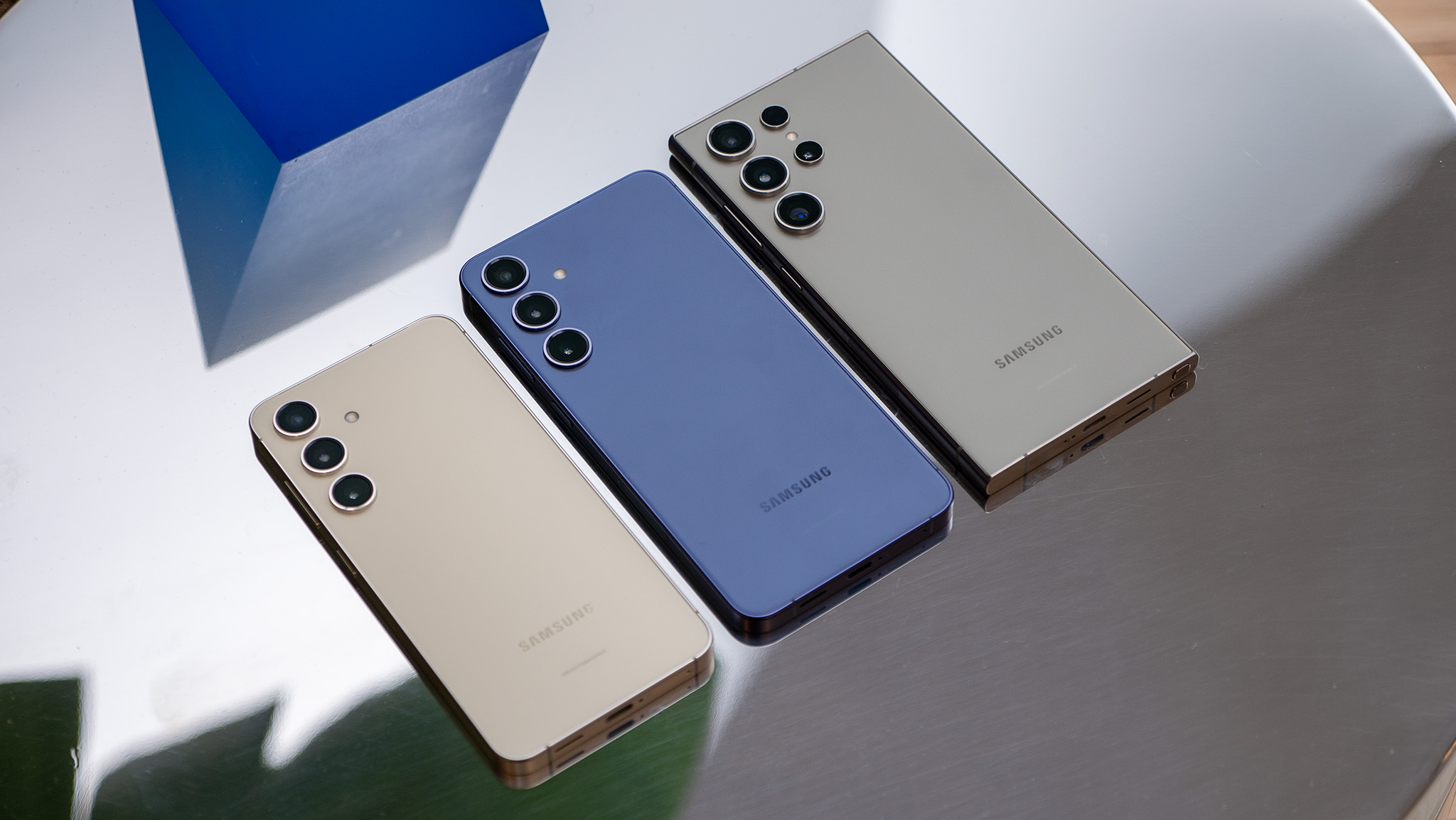The Redmi K20 pricing saga shows just how difficult it is to meet user expectations in India

For the longest time, Xiaomi went unchallenged in India. After making its debut in the country back in 2014, Xiaomi essentially had a stranglehold on the budget category, pushing out local players like Micromax and Intex and then challenging Samsung for the crown. It has managed to do all that on the back of its Redmi series, continually rolling out new models that delivered on the brand's core tenet: offer unmatched value for money.
So, when Xiaomi started building hype ahead of the Redmi K20 series, everyone expected that the brand would launch the devices at never-before-seen prices. That wasn't the case. The Redmi K20 debuted at ₹21,999 ($320) for the version with 6GB of RAM and 64GB of storage, and while it delivers fantastic value for what's on offer, the Realme X is available for just ₹16,999 ($245), with that particular phone coming with 4GB of RAM and 128GB of internal storage.
For years, Xiaomi broke pre-existing notions of value with its Redmi series. That worked against its favor for the Redmi K20.
The mere fact that the Redmi K20 costs ₹4,000 ($65) more than the Realme X has led to a lot of consternation, vitriol, and ultimately backlash from the community at large. There's even a Change.org petition that has garnered over 4,800 signatures to reduce the price of the phone to ₹19,999 ($290).
Never mind the fact that the Redmi K20 is the first device with Qualcomm's latest mid-range Snapdragon 730 or the fact that the phone has an AMOLED display, evocative design, in-display fingerprint reader, and 4000mAh battery.
In a sense, it wasn't the smartest move for Xiaomi to stick with Redmi branding for the K20 and K20 Pro. For years, the manufacturer has done a stellar job reinforcing the notion that Redmi devices offer the best value for money in the country, leading to vastly inflated expectations from customers. It would have made more sense for Xiaomi to leverage POCO branding, as that sub-brand is at least targeted at the mid-range segment.
Ultimately, Xiaomi India head Manu Jain had to address the community at large in an open letter:
Redmi K20 retains the same DNA and is based on the Snapdragon 730 (Qualcomm's third most powerful chipset), 40% faster than the Snapdragon 710. This makes it the first commercially available phone based on that chipset, providing users with early access to the latest processor in the Snapdragon 700 series.Qualcomm Snapdragon 855 and 730 are the latest processors, which are much more expensive than its predecessors (845 and 710). Please note, latest technology gets cheaper with time; we could have used older generation processor to save money or we could have waited for 6 months for component costs to go down, and hence further reduce the price of Redmi K20. But that would've gone against our philosophy of bringing the latest innovation to you.
At the crux of the issue is the fact that the Redmi K20 retails for ₹2,000 more than its Chinese equivalent. For the last two years, Xiaomi has maintained price parity between both markets, or even introduced its devices at a lower price point to retain its position as the leading handset brand in India. From Jain:
Be an expert in 5 minutes
Get the latest news from Android Central, your trusted companion in the world of Android
We are proud to manufacture these flagship devices in India, with nearly 65% of the value of the smartphone being locally sourced. The remaining 35% has to be imported, leading to higher taxes for complicated components. This leads to a small pricing difference, e.g., there is only 3% difference between the top-end variant (8GB+256GB) pricing between India and China.
The backlash around the Redmi K20 boils down to a single point: customers in India now expect a device to come with top-tier hardware accompanied by all the bells and whistles, and they don't want to shell out over ₹20,000 for it. This is what I call the POCO effect. When Xiaomi introduced the POCO F1 last year, it shattered all notions around value in this segment, and that expectation has trickled down to the Redmi K20 series.
Xiaomi should have done a better job extolling all the new features on the Redmi K20 series, because at the end of the day, what a phone costs isn't just down to the chipset. The new AMOLED display is fantastic, the in-display fingerprint reader leads to a more seamless design, and the back has a gorgeous gradient effect. But these additions aren't quantifiable the same way as a benchmark score, so it isn't immediately evident that the K20 is much better than the POCO F1 in a lot of areas unless you use the phone.
In any other market, the Redmi K20 would be an absolute steal for $320. In India, it is turning out to be the most divisive phone of 2019. That alone should tell you volumes about just how competitive the budget segment is in the country.
Redmi K20 Pro review: Redefining value flagships all over again

Harish Jonnalagadda is Android Central's Senior Editor overseeing mobile coverage. In his current role, he leads the site's coverage of Chinese phone brands, networking products, and AV gear. He has been testing phones for over a decade, and has extensive experience in mobile hardware and the global semiconductor industry. Contact him on Twitter at @chunkynerd.
